Scuba Diving Equipment List
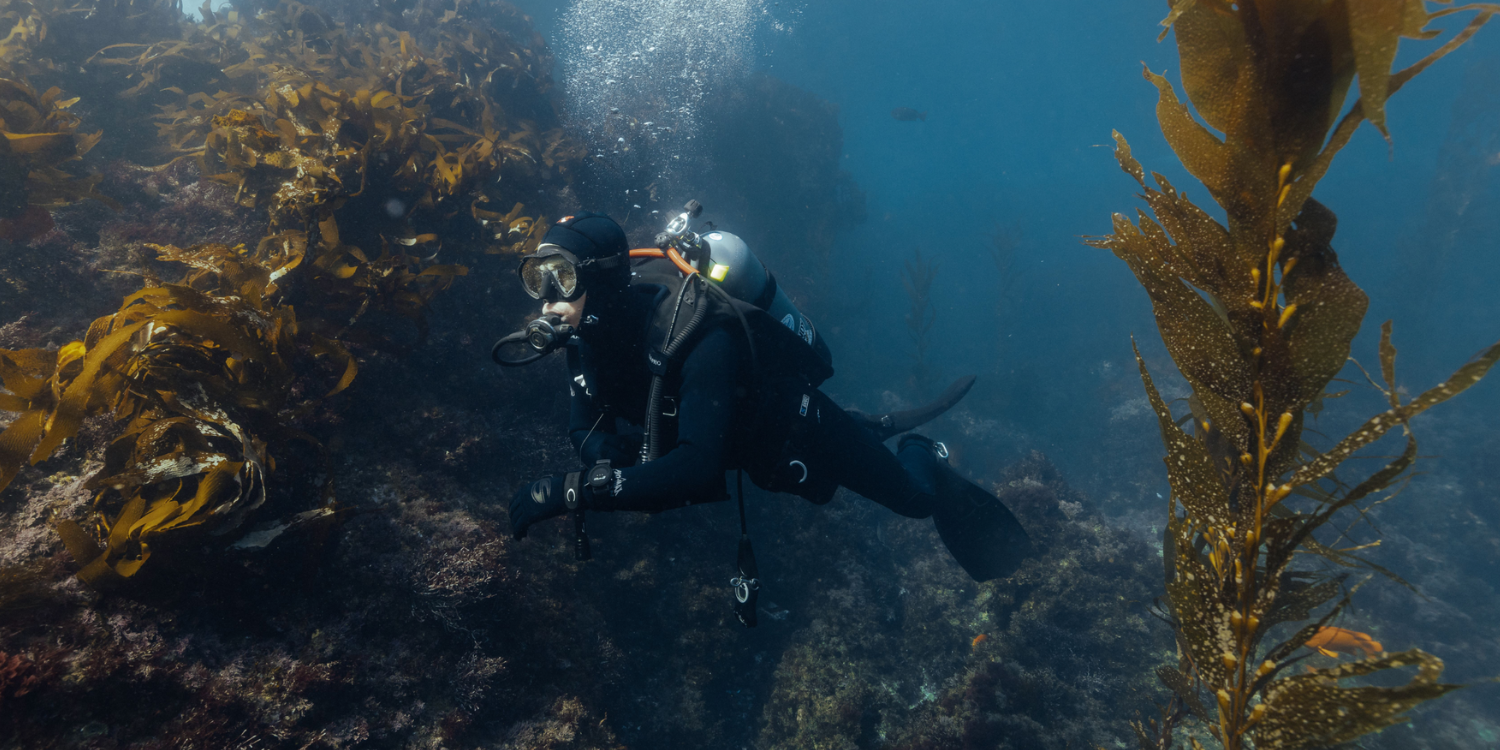
Scuba diving is an exhilarating activity that allows you to explore the underwater world and witness incredible marine life up close. However, before you can start diving, you need to have the right equipment. From masks to tanks, there are a few essential pieces of gear that every diver needs to stay safe and comfortable underwater. In this article, we'll take a closer look at the must-have scuba diving equipment that you need to get started.
1. Scuba Mask
A scuba diving mask is an essential piece of equipment that allows you to see clearly underwater. Without a mask, the water's distortion can make it challenging to see and navigate. Look for a mask that fits snugly, has a good seal, and allows for easy equalization of pressure. It's essential to have a comfortable and well-fitting mask since an ill-fitting mask can lead to discomfort and distractions while diving.
2. Snorkel
A snorkel is a tube that lets you breathe air from the surface while swimming face-down. It can be helpful to conserve air in your tank while at the surface or in shallower waters. However, not all divers choose to use a snorkel, and some may prefer to conserve air by breathing from their regulator at the surface. It's up to personal preference and diving style.
3. Fins
Scuba diving fins come in many shapes and sizes, but all are designed to help you move through the water more efficiently. Fins help reduce the amount of energy you need to exert while swimming and provide more control and stability while underwater. Look for fins that fit well and are comfortable to wear. It's essential to have fins that fit correctly since ill-fitting fins can lead to blisters and cramps.
4. Regulator
The regulator is a device that attaches to your tank and delivers air to you when you breathe. It's essential to choose a high-quality regulator that is reliable and easy to use since it is responsible for your air supply. Regulators come in two stages: the first stage attaches to the tank, and the second stage attaches to your mouth. Make sure to choose a regulator that is appropriate for your diving needs.
5. Dive Computer
A dive computer is an electronic device that tracks your depth, time underwater, and other essential information to help you stay safe and plan your dives. It's a good investment for any serious diver. Dive computers come in different types, such as wrist or console, and have varying features. It's essential to choose a dive computer that fits your diving style and skill level.
6. Wetsuit
A wetsuit provides thermal insulation and protection from the sun, stings, and scratches. It is essential to choose a wetsuit that fits well and is appropriate for the water temperature where you'll be diving. Wetsuits come in different thicknesses and styles, such as full suits or shorties. Consider factors such as water temperature, diving depth, and personal comfort when selecting a wetsuit. For more advanced pros we would specifically recommend looking into heated dive vests that can be a great asset for technical, recreational and commercial diving.

7. BCD
A BCD (buoyancy control device) is a jacket that you wear over your wetsuit and can be inflated or deflated to control your buoyancy underwater. It's important to choose a BCD that fits well and is comfortable to wear. A poorly fitting BCD can cause discomfort and impact your diving experience. Make sure to choose a BCD that fits your body type and provides the necessary lift capacity.
8. Tank
The tank is a cylinder that holds compressed air for you to breathe while diving. It's important to choose a tank that is appropriate for your size, diving style, and the type of diving you'll be doing
9. Dive Light
A dive light is a waterproof flashlight that allows you to see more clearly in low-light conditions. It's particularly useful for night dives or exploring dark crevices or wrecks. Look for a light that is durable, waterproof, and has a long battery life.
10. Dive Knife
A dive knife is a tool that can be used for safety, cutting fishing lines, or freeing yourself from underwater entanglements. It's important to choose a knife that is sharp, rust-resistant, and has a sheath that can be securely attached to your BCD or leg.
11. Compass
A compass can help you navigate underwater and keep track of your direction and position. It's particularly useful for divers exploring large or unfamiliar areas. Look for a compass that is durable, easy to read, and can be easily attached to your BCD or wrist.
12. Surface Marker Buoy (SMB)
An SMB is an inflatable buoy that can be deployed from underwater to signal your position to the surface. It's particularly useful for safety stops, surfacing in strong currents, or diving in areas with boat traffic. Look for an SMB that is easy to deploy, visible from a distance, and can be easily attached to your BCD or wrist.
13. Drysuit
A drysuit provides thermal insulation and keeps you dry in colder water. It's essential to choose a drysuit that fits well and is appropriate for the water temperature where you'll be diving. Drysuits come in different materials and styles, such as neoprene or trilaminate. Consider factors such as water temperature, diving depth, and personal comfort when selecting a drysuit.
In conclusion, scuba diving equipment is essential for safe and comfortable diving. A well-fitting mask, fins, regulator, BCD, and tank are the basic equipment that every diver should have. Additional equipment such as a dive computer, wetsuit, dive light, dive knife, compass, SMB, and drysuit can enhance your diving experience and help you explore the underwater world more efficiently. It's important to choose high-quality gear that fits well, is appropriate for your diving needs, and is well-maintained. Happy diving!

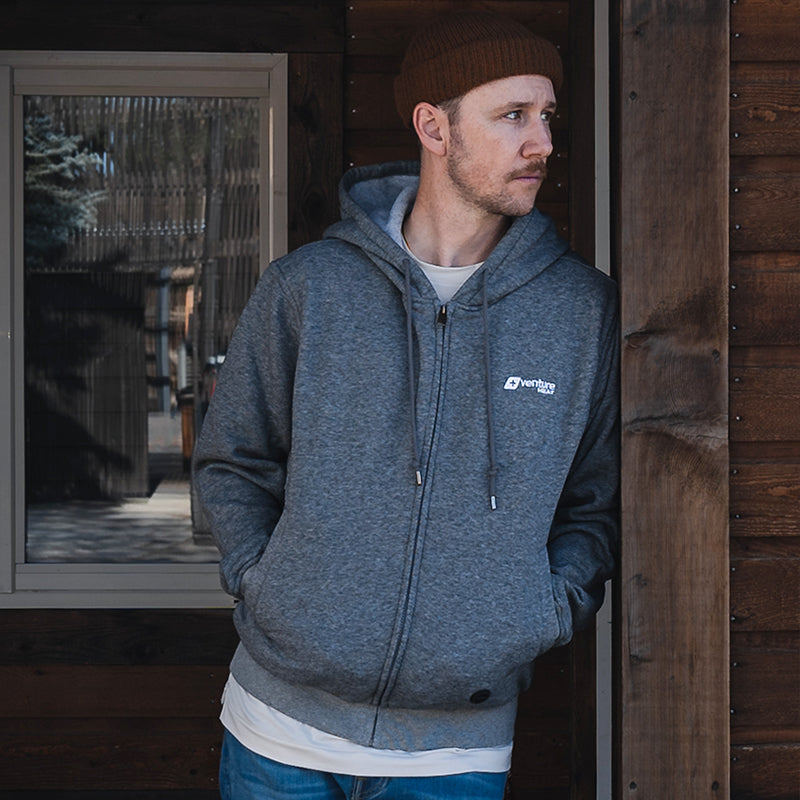
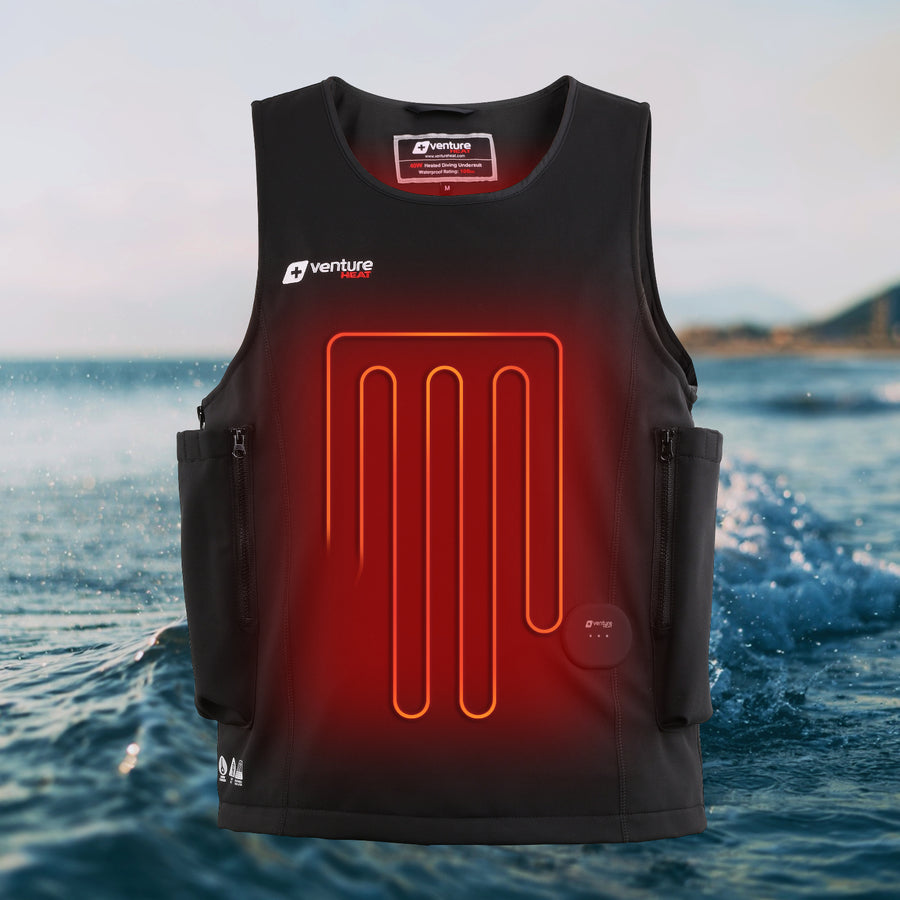
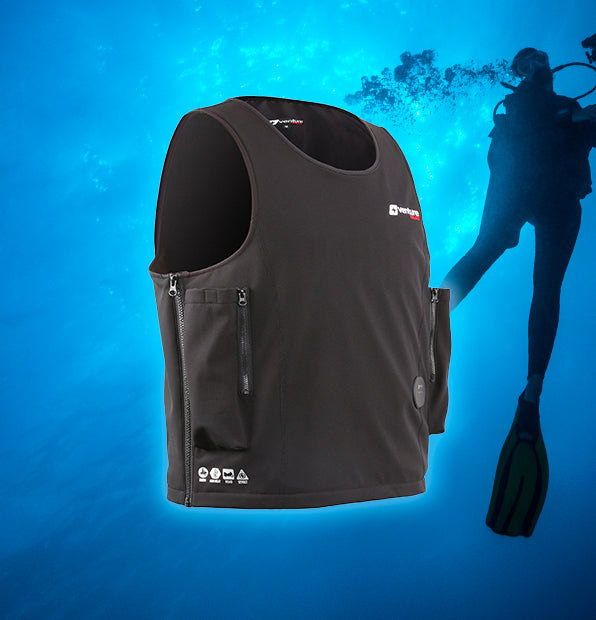






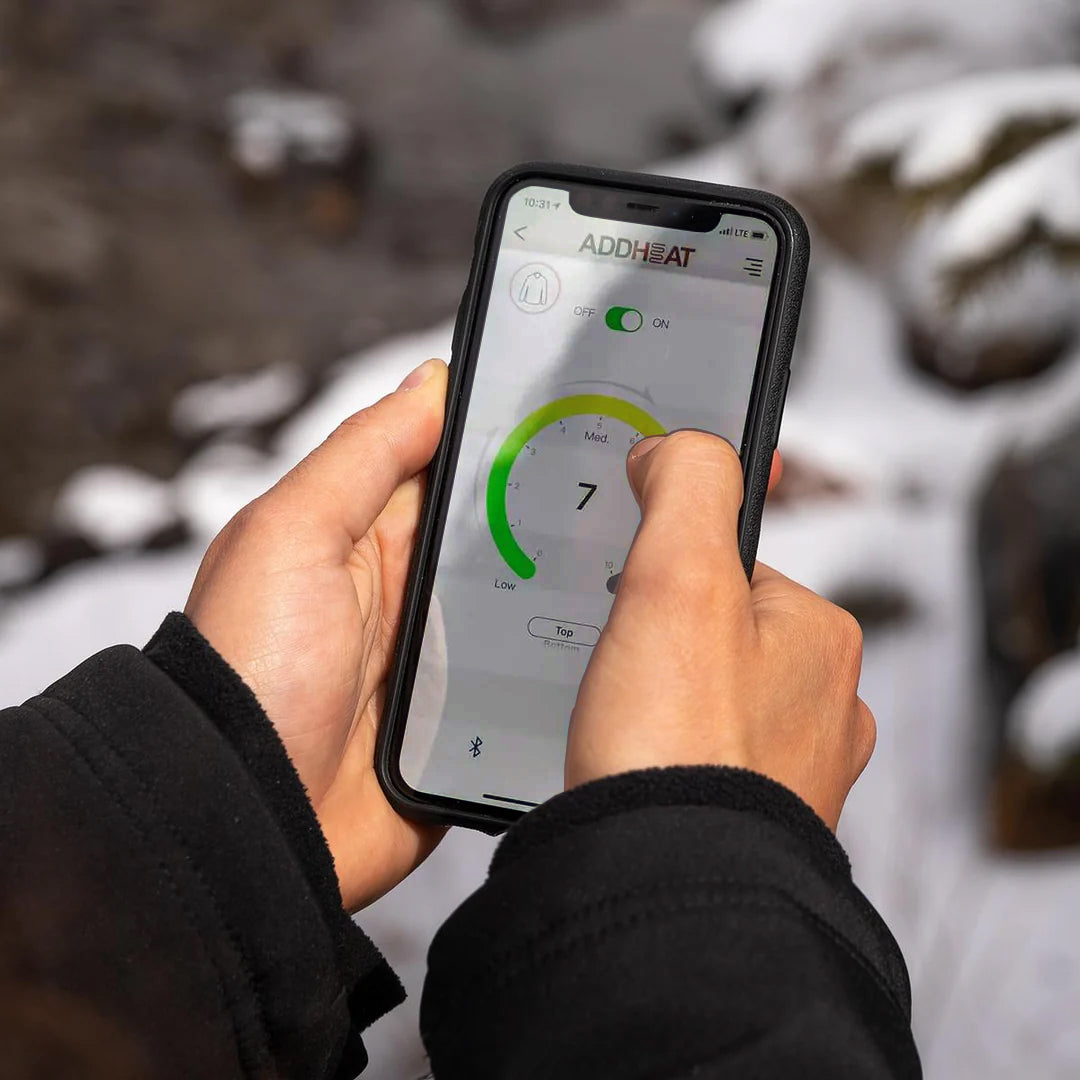
Leave a comment